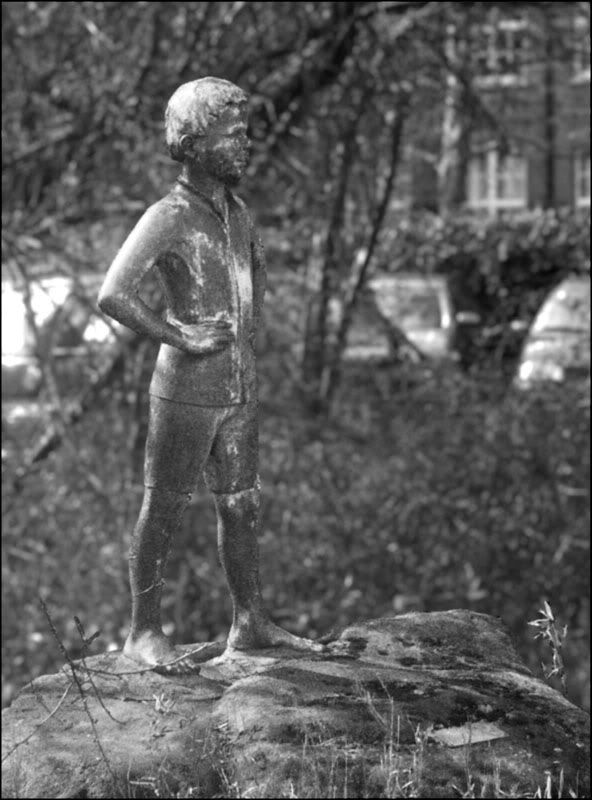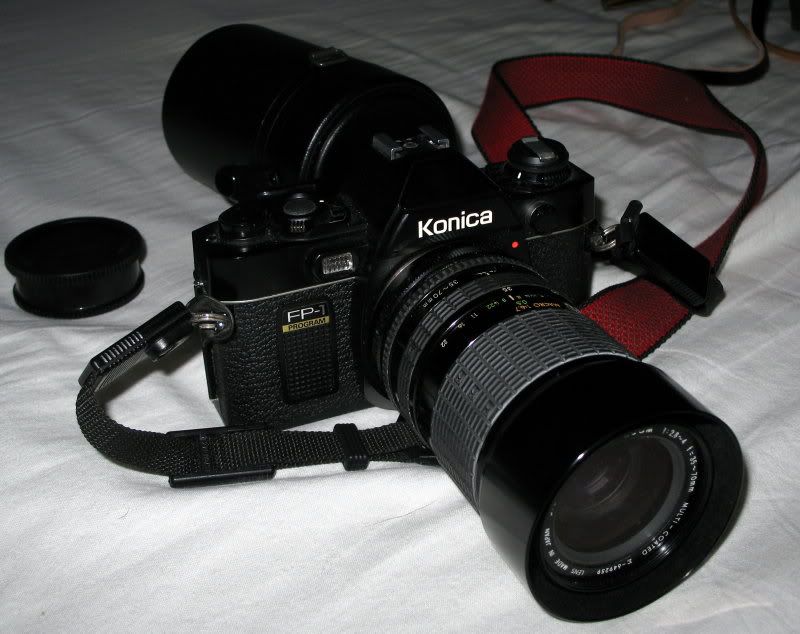If you use it, you'll have a 'coasting' period where you are spending less on film that you would to buy even a basic point-and-shoot DSLR, so the Nikon will give you a cheaper learning period than any method that doesn't involve actual theft. I ran some rough numbers and it 'costs' about 1,000 frames of 35mm (buy, develop, & print) to buy (new) the cheapest Canon DSLR, and about 200 frames to buy a quality-but-affordable digital P&S, which I would not really recommend as a learner's camera anyway. Those 1,000 frames are an ample learning curve, considering that I have only shot a little over 1,500 total film frames in the past two years, and I would say I was settling into my camera well by Frame 100 or so - meaning that I could take a picture and be reasonably confident that it would come out as I expected, without using a meter or anything. Learning the 'art' takes longer, of course, but results that one can be happy with at the time in only 100 frames is a pretty cheap success.RedImperator wrote:My parents have an old Nikon they never use since they got a digital. I gather it's a nice camera, but I really have no idea. I'll be visiting them this weekend so I could take a look at it. My luddite side likes the idea of using real film, but film and development are non-trivial costs.
To add to phongn's site, I think The Luminous Landscape and Cambridge in Colour are worth reading. Luminous Landscape in particular is good for reading about the craft of photography. Wikipedia is also good as a technical reference.Alright, so presuming I just load up the Nikon with film (it's been stored carefully; there shouldn't be any problem with that), what's a good resource for finding out the basics of composition, lighting, that kind of thing? Right now, I'm a total noob. I look at a good photo and I know it's good for some reason, but I can't put my finger on it and wouldn't know how to reproduce it.
As far as getting started, there are three things that I would have liked to have known when I first took my old Pentax into the wild: 1.) the manufacturer-recommended exposures for whatever film I was using (data sheets easily available online), 2.) what f-stops actually were and how they related to shutter speeds, and 3.) how to use the depth-of-field scale on the lens. The first two will get you exposures good enough to work with; the third would have made all the figures scribed on the lens less intimidating, as well as being a handy compositional tool.
Artificial lighting isn't something you'll need to be too bothered by for now, I think; like phongn I am still content with available-light photography. Available light is just that, but there are some things that are useful to know: Oblique light looks good and warm light looks good, which is why sunrise and sunset are popular for photography. The 10 AM- 2 PM period has the whitest, most direct lighting, and its harshness makes it harder to work with and less appealing for many. Shooting smack into the sun generally gives crappy results unless you are deliberately backlighting something, and if you are careless you might get a hole burnt in your shutter. Overcast gives nice, even lighting over the whole scene; but the drawback of this is that it can make the scene look flat and boring, and it can be hard to expose with a bright overcast sky. In general, the most dramatic light occurs at transitions - between night and day, clear and stormy, etc.
You'll use whatever equipment you can get, of course, and your personal style will be what it is, but if you find yourself an avid photographer you'll definitely want to borrow a large-format view camera, because they beat all for formal architectural portraits.Say the subject he'd probably like the best is architecture.













